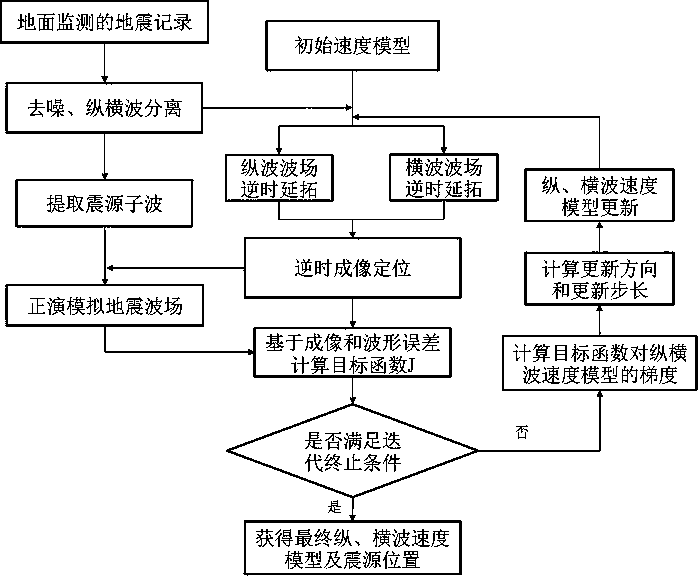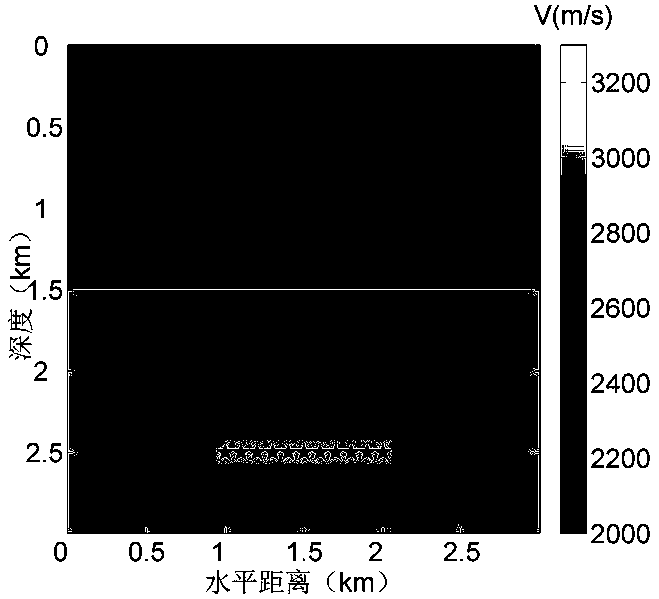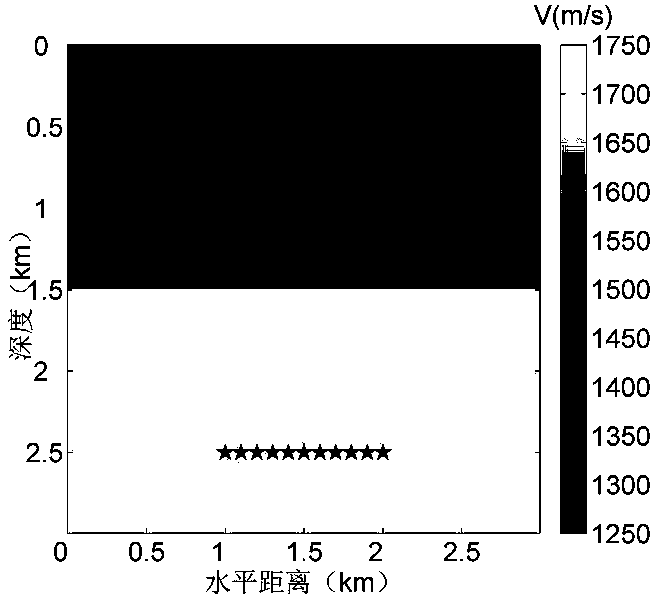Joint velocity inversion method based on passive source seismic waveform and reverse time imaging thereof
A seismic waveform and joint velocity technology, which is applied in seismology, seismic signal processing, geophysical measurement, etc., can solve the problem of low velocity model resolution
- Summary
- Abstract
- Description
- Claims
- Application Information
AI Technical Summary
Problems solved by technology
Method used
Image
Examples
Embodiment Construction
[0066] In order to make the purpose and technical solution of the present invention clearer, the present invention will be further described in detail below in conjunction with the accompanying drawings and examples.
[0067] Flow chart of the present invention, as figure 1 shown, including the following steps:
[0068] 1) Obtain observation data. Layout three-component seismographs on the ground to monitor passive source seismic data;
[0069] 2) Preprocess the observation data. Including denoising, identification and extraction of effective source events, separation of longitudinal waves and shear waves, and envelope extraction;
[0070] 3) Extract the seismic wavelet. Using high-order statistical methods to extract seismic wavelet s from observation data;
[0071] 4) Calculate the weight coefficient in the objective function. In the initial stage of the inversion iteration, the imaging domain inversion method based on the difference of reverse time imaging under diffe...
PUM
 Login to View More
Login to View More Abstract
Description
Claims
Application Information
 Login to View More
Login to View More - R&D
- Intellectual Property
- Life Sciences
- Materials
- Tech Scout
- Unparalleled Data Quality
- Higher Quality Content
- 60% Fewer Hallucinations
Browse by: Latest US Patents, China's latest patents, Technical Efficacy Thesaurus, Application Domain, Technology Topic, Popular Technical Reports.
© 2025 PatSnap. All rights reserved.Legal|Privacy policy|Modern Slavery Act Transparency Statement|Sitemap|About US| Contact US: help@patsnap.com



